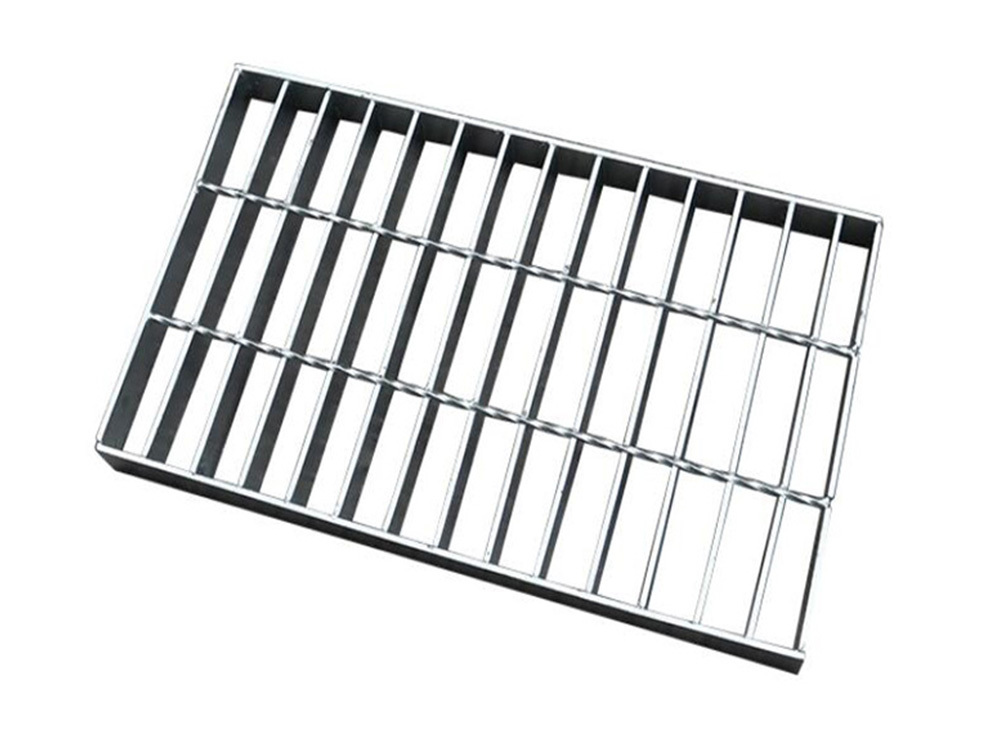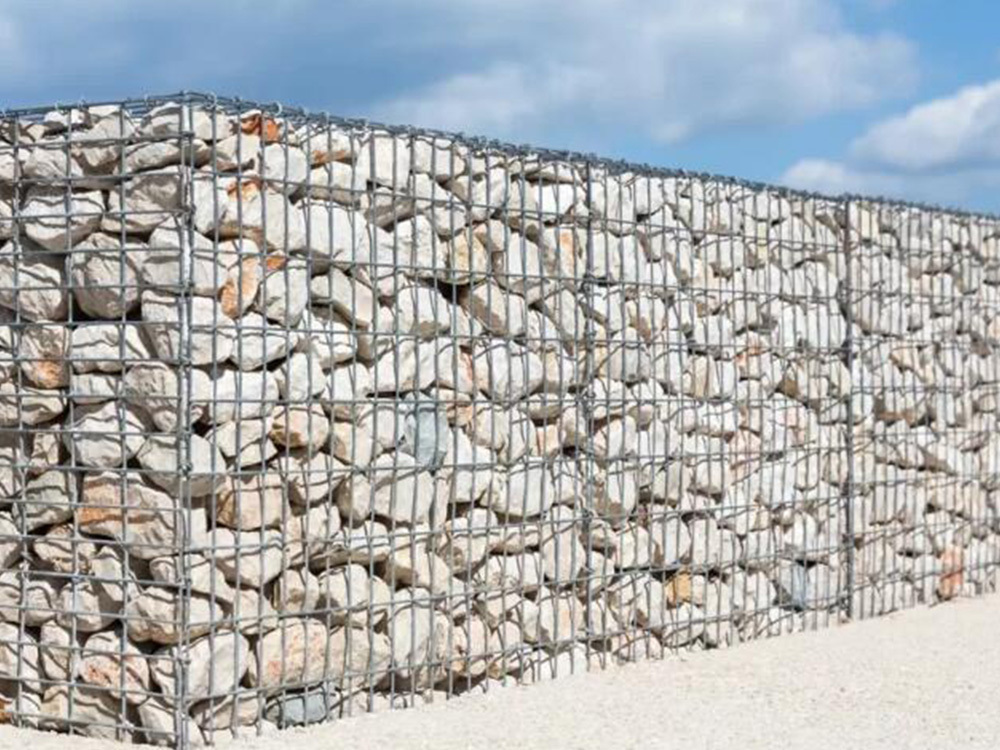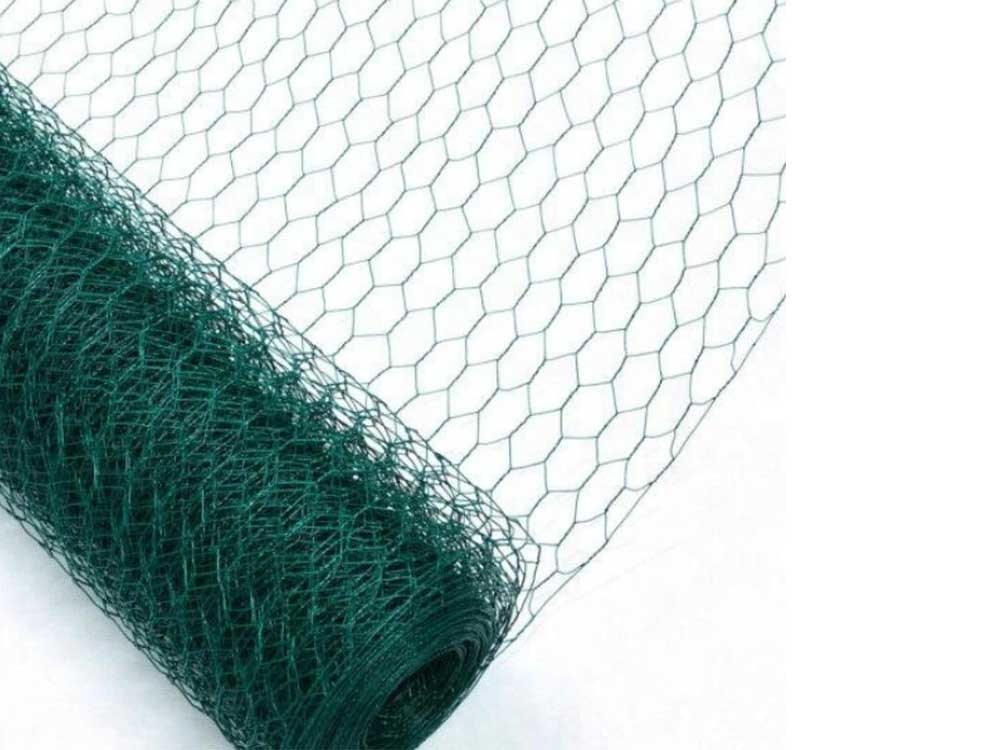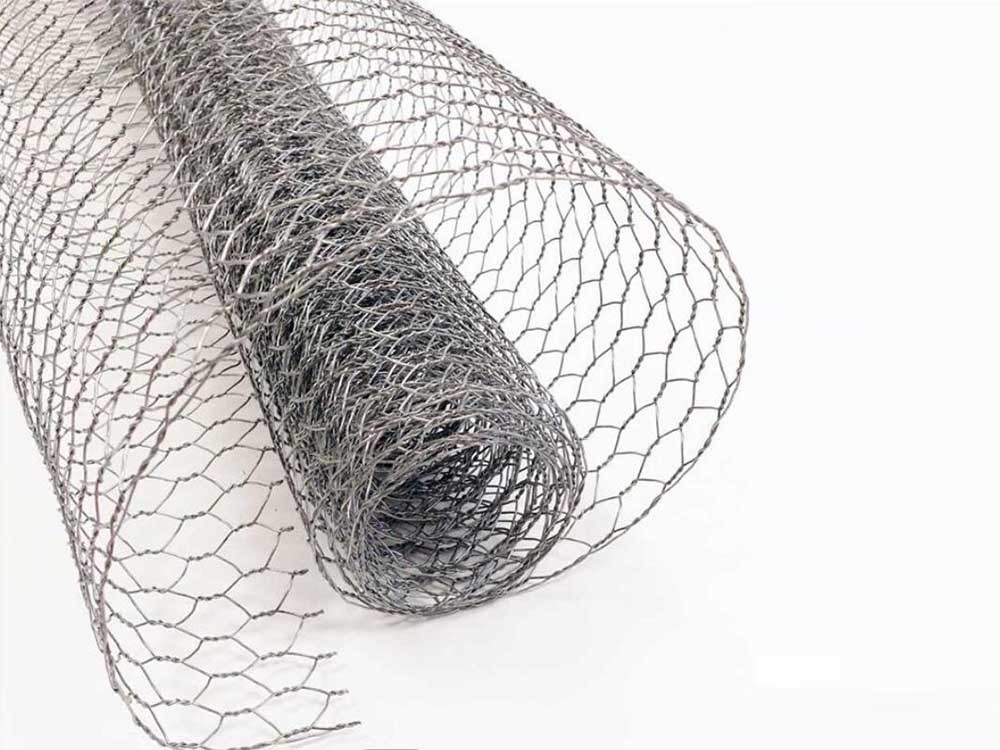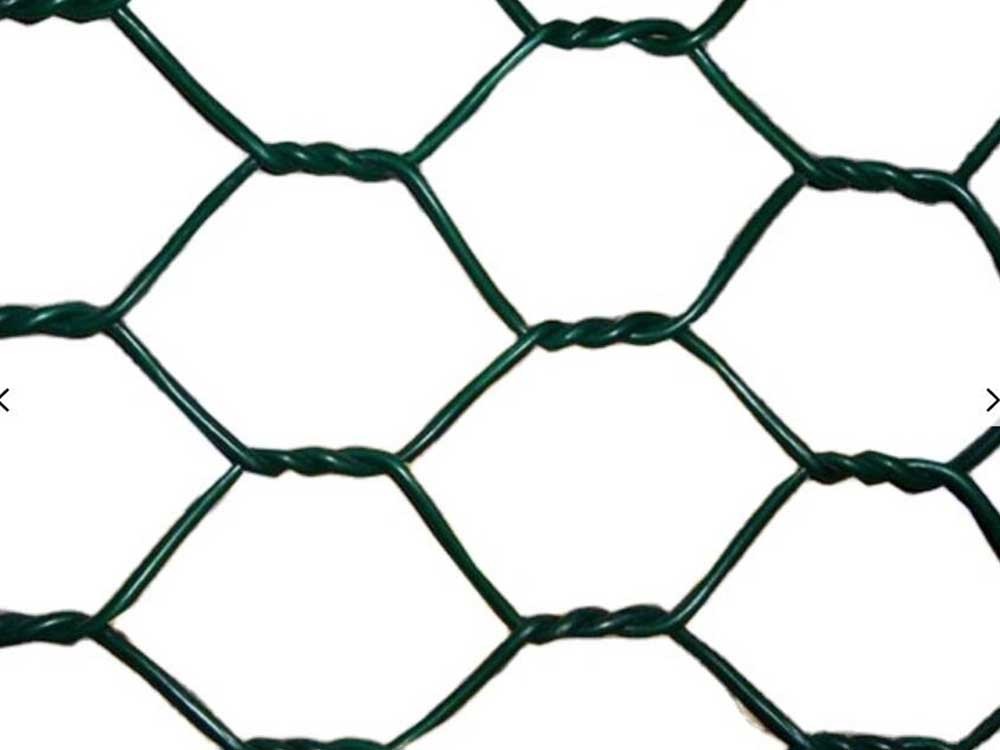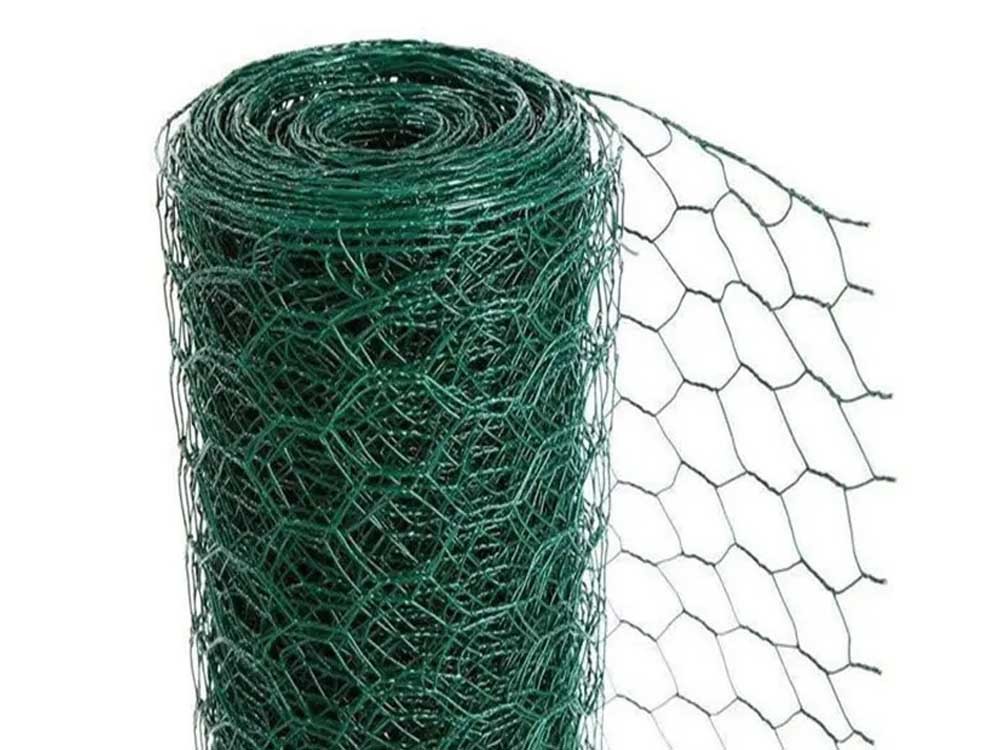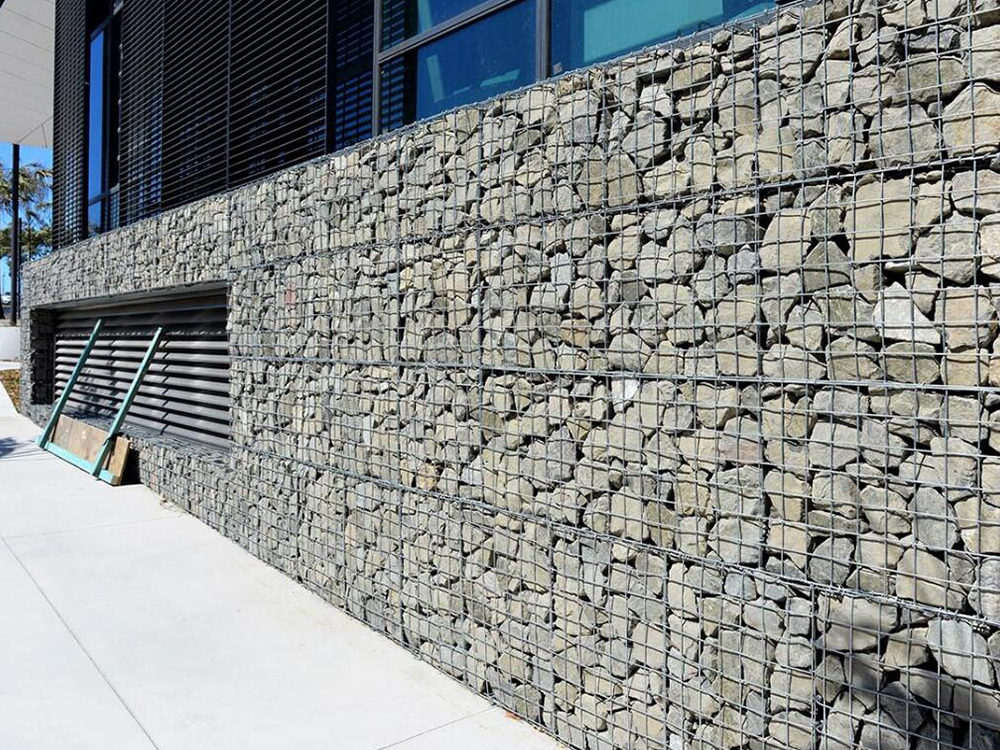Day 57: Beyond Boundaries: Innovations in Airport Perimeter Fencing
Release Time:
Apr 26,2025
Day 57: Beyond Boundaries: Innovations in Airport Perimeter Fencing Table of Contents Introduction: Understanding the Need for Advanced Airport Security The Evolution of Airport Perimeter Fencing Modern Materials Transforming Perimeter Security Technological Innovations in Airport Perimeter Fencing Design Considerations for Effective Airport Fencing Case Studies of Success

Day 57: Beyond Boundaries: Innovations in Airport Perimeter Fencing
Table of Contents
- Introduction: Understanding the Need for Advanced Airport Security
- The Evolution of Airport Perimeter Fencing
- Modern Materials Transforming Perimeter Security
- Technological Innovations in Airport Perimeter Fencing
- Design Considerations for Effective Airport Fencing
- Case Studies of Successful Airport Perimeter Fencing Solutions
- Regulatory Standards and Compliance in Airport Fencing
- Future Trends in Airport Security Fencing
- Conclusion: The Future of Airport Perimeter Security
- FAQs: Common Questions about Airport Perimeter Fencing
Introduction: Understanding the Need for Advanced Airport Security
In an era where air travel is a fundamental part of global connectivity, ensuring the safety and security of airports has never been more paramount. The rapid increase in air traffic and the corresponding rise in security threats necessitate an evolution in airport perimeter fencing. Beyond merely acting as a boundary, modern airport fencing systems are integral to comprehensive security strategies.
The Evolution of Airport Perimeter Fencing
Historically, airport perimeter fencing has served as a physical barrier to deter unauthorized access. Early fencing solutions often consisted of chain-link fences, which while effective to an extent, lacked the technological advancements needed to address modern security challenges. As threats have evolved—from terrorism to data breaches—so too has the technology and design of perimeter fencing.
Recent innovations showcase a transition from basic physical barriers to sophisticated security solutions that incorporate various materials and technologies. These advancements are crucial for securing an airport's perimeter, enhancing not only safety but also operational efficiency.
Modern Materials Transforming Perimeter Security
The materials used in airport perimeter fencing have evolved significantly. The following materials are leading the way in modern fencing solutions:
1. Welded Wire Mesh
Welded wire mesh offers superior strength and durability compared to traditional chain-link fences. Its design provides enhanced visibility for surveillance while ensuring that it is difficult to breach.
2. Steel Palisade Fencing
This type of fencing is highly resistant to climbing and cutting, making it one of the toughest options available. Its sharp-topped design not only acts as a deterrent but also enhances overall security.
3. Composite Materials
Composite materials combine the strength of metals with the lightweight properties of polymers. These materials offer flexibility in design while providing robust protection against external threats.
4. Electrified Fencing
Electrified fencing systems can be integrated into traditional fencing solutions. By delivering a non-lethal electric shock to intruders, these systems serve as an effective deterrent without creating permanent harm.
Technological Innovations in Airport Perimeter Fencing
The integration of technology into perimeter fencing is revolutionizing airport security. These innovations provide enhanced monitoring, detection, and response capabilities.
1. Surveillance Systems
Modern fencing systems can be equipped with integrated surveillance cameras. These cameras provide real-time monitoring of the perimeter, alerting security personnel to any suspicious activity.
2. Motion Detection Sensors
Advanced motion detection sensors can identify intrusions and unusual activities. These sensors can trigger alarms and notifications, enabling a swift response to potential threats.
3. Drones for Surveillance
The use of drones in airport security is gaining traction. Drones can patrol fencing lines and monitor large areas quickly, providing an aerial overview of potential vulnerabilities.
4. Smart Fencing Systems
Smart fencing integrates IoT (Internet of Things) technology, allowing for remote monitoring and management. Operators can receive alerts and control systems from any location, enhancing situational awareness.
Design Considerations for Effective Airport Fencing
While the materials and technologies are essential, the design of the perimeter fencing is equally crucial. Considerations include:
1. Height and Durability
The height of the fence should prevent unauthorized access while being robust enough to withstand weather conditions and potential tampering.
2. Visibility and Transparency
Fencing designs that allow for visibility can help security personnel monitor the area effectively. Avoiding solid barriers reduces blind spots and enhances surveillance opportunities.
3. Integration with Existing Infrastructure
The fencing should integrate seamlessly with existing airport infrastructure, including terminals and hangars. This ensures a cohesive security strategy that does not disrupt operations.
4. Environmental Impact
Designs should consider the surrounding environment, minimizing disruption to local wildlife while maintaining security effectiveness.
Case Studies of Successful Airport Perimeter Fencing Solutions
Several airports worldwide have implemented innovative perimeter fencing solutions that serve as benchmarks for best practices.
1. Heathrow Airport, London
Heathrow has adopted welded wire mesh fencing enhanced with motion sensors and surveillance capabilities. This multi-layered approach has significantly reduced unauthorized access incidents.
2. Changi Airport, Singapore
Changi Airport utilizes a combination of steel palisade fencing and smart fencing technologies. Their system provides real-time surveillance, ensuring a rapid response to any security threats.
3. Los Angeles International Airport (LAX), USA
LAX has integrated electrified fencing with drone surveillance. This dual approach enhances perimeter security by deterring intruders and providing aerial monitoring.
Regulatory Standards and Compliance in Airport Fencing
It's essential for airport perimeter fencing to comply with international and national regulations. Regulatory bodies like the International Civil Aviation Organization (ICAO) and various national aviation authorities provide guidelines that influence fencing design and installation. Compliance with these standards is necessary to ensure the safety and security of air travel.
Future Trends in Airport Security Fencing
As security threats continue to evolve, so will the strategies and technologies in perimeter fencing. Future trends may include:
1. Enhanced Artificial Intelligence
AI algorithms are likely to play a more significant role in analyzing surveillance data and detecting anomalies in real-time, improving response times and accuracy in threat identification.
2. Sustainable Materials
With increasing awareness of environmental issues, the use of sustainable materials in fencing solutions will likely gain traction, ensuring that security measures align with eco-friendly practices.
3. Increased Integration with Cybersecurity
As airports become more digitized, the need for cybersecurity in fencing solutions will grow. Protecting data and ensuring physical security will become intertwined.
Conclusion: The Future of Airport Perimeter Security
In conclusion, the innovations in airport perimeter fencing reflect a significant shift from traditional methods to cutting-edge solutions that prioritize safety, efficiency, and adaptability. By leveraging modern materials, advanced technologies, and thoughtful design, airports can ensure robust security against evolving threats. The future of airport perimeter security is bright, characterized by ongoing advancements that will further enhance the safety and security of air travel.
FAQs: Common Questions about Airport Perimeter Fencing
1. Why is airport perimeter fencing important?
Airport perimeter fencing is crucial for preventing unauthorized access, protecting airport assets, and ensuring passenger safety.
2. What materials are best for airport fencing?
Modern materials such as welded wire mesh, steel palisade fencing, and composite materials offer durability and enhanced security.
3. How do technological innovations improve airport security?
Technological advancements such as surveillance systems, motion detection sensors, and smart fencing enhance the monitoring and responsiveness of airport security.
4. Are there regulations governing airport perimeter fencing?
Yes, various international and national standards govern the design and installation of airport perimeter fencing to ensure safety and security.
5. What are the future trends in airport perimeter security?
Future trends include enhanced AI integration, sustainable materials usage, and increased focus on cybersecurity measures within fencing solutions.
Keywords:
More information



